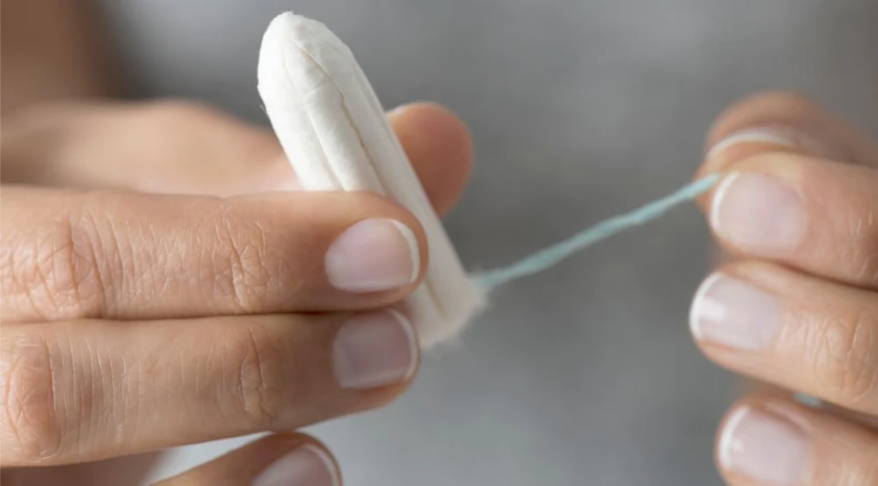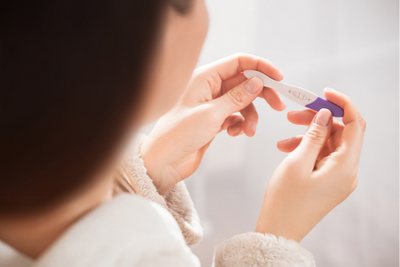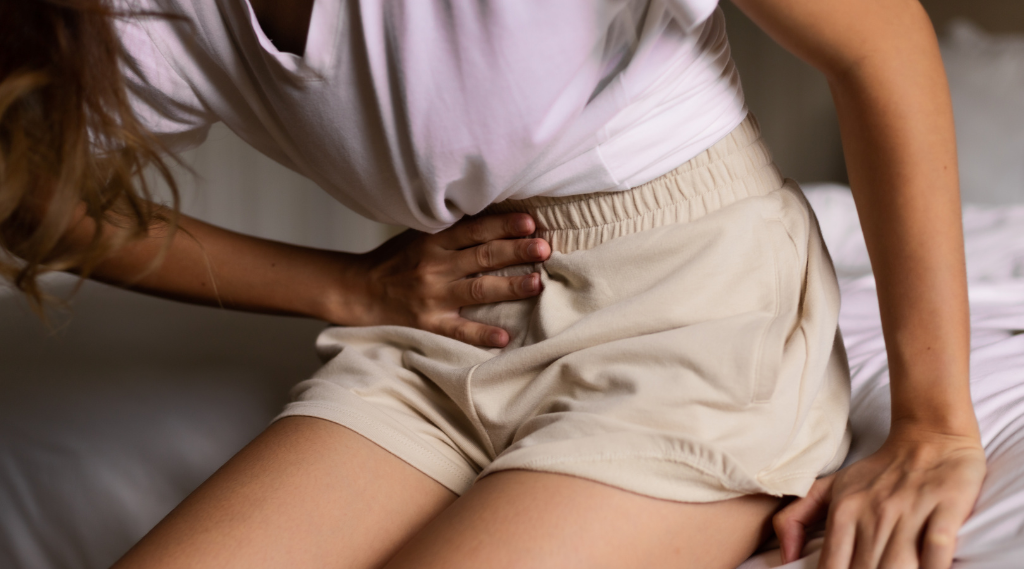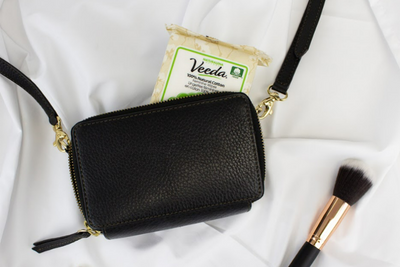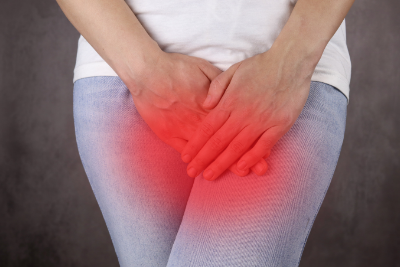Whether you’re a new tampon user or simply want to learn about potential better practices around precautions, inserting, removing and disposing a tampon, this is for you! Navigating what works for you and your body is often a difficult task and can take a bit of trial and error.
Precautions for tampon use
-You should always use the lowest absorbency tampon for your comfort and level of blood flow. Use only one tampon at a time
-Wash your hands before unwrapping and inserting a tampon, and again afterwards.
-Unwrap a fresh, clean tampon just before use- do not handle it more than necessary or place it on any surface
-Do not insert a tampon if it hurts to do so
-Removal of the tampon should be easy; if the tampon is dry and difficult to remove, the absorbency is too high, or the tampon has not been in place long enough. Tampons should be changed as often as you need but should not be left longer than eight hours
-Remove the used tampon before inserting the next one and do not forget to remove the last tampon used at the end of your period
-Only use a tampon when you are menstruating
-Ask a doctor if it is okay to use tampons if you have recently given birth, has a caesarean section, a miscarriage, an abortion or any operation on your reproductive system
How to insert a tampon
1. Always wash your hands thoroughly before and after inserting a tampon
2. Remove the coloured tear strip and unwrap the bottom half covering. Carefully unwind the withdrawal string
3. While holding the string and tampon firmly, tug the string once to ensure that it is securely attached
4. Place your finger on the end of the tampon with the withdrawal string and remove any remaining wrapping. Relax and put yourself in a comfortable position, either sitting with legs apart of standing with one leg raised and resting on the toilet lid
5. With the other hand, carefully open the labia
6. Insert the tampon with your finger at an angle, aiming for the small of your back. If you feel resistance, change direction when inserting. If you can still feel the tampon, it needs to be inserted deeper. The withdrawal string should now be hanging outside the vagina, ready for removing the tampon. When you’re finished, wash your hands.
How to remove a tampon
1. Relax and gently pull the withdrawal string so that the tampon slides out. It is easiest to remove a tampon when it is fully saturated. If you have problems removing the tampon, it could be because the tampon is not yet fully saturated
2. If you cannot find the withdrawal string, it can usually be reached from a squatting position using your fingers. Remember to remove the current tampon before inserting another and always remember to remove the last tampon at the end of your period
How to dispose of a tampon
Wrap up the used tampon securely and dispose of it in a trash or sanitary bin. We recommend you use an alternative means of disposal other than the sewage system.
That’s it! We hope our guide on proper tampon procedures make you a proud tampon user.















